ENT Treatment Unit
An ENT (Ear, Nose, and Throat) treatment workstation unit is a specialized medical device designed to facilitate the diagnosis and treatment of ENT-related conditions. These units are commonly used by otolaryngologists and ENT specialists in clinical settings. Here are the key components and features of an ENT treatment workstation unit:
Common Uses:
- Diagnosis and treatment of ear infections, hearing loss, tinnitus, and other auditory issues.
- Examination and treatment of nasal conditions such as sinusitis, polyps, and nasal obstructions.
- Management of throat conditions including tonsillitis, laryngitis, and vocal cord disorders.
Minor surgical procedures such as biopsies, removal of foreign objects, and drainage of abscesses.
Description
ENT Treatment Unit
An ENT (Ear, Nose, and Throat) treatment workstation unit is a specialized medical device designed to facilitate the diagnosis and treatment of ENT-related conditions. These units are commonly used by otolaryngologists and ENT specialists in clinical settings. Here are the key components and features of an ENT treatment workstation unit:
Key Components and Features:
- Integrated Diagnostic Tools:
- Endoscope: For visual examination of the ear, nose, and throat.
- Otoscope: Specifically for inspecting the ears.
- Rhinoscope: For examining the nasal passages.
- Laryngoscope: For viewing the larynx and vocal cords.
- Suction and Irrigation Systems:
- Suction Device: For removing earwax, mucus, and other obstructions.
- Irrigation System: For cleaning and flushing out the ear, nose, and throat cavities.
- Instrument Holders and Trays:
- Organized compartments and trays for storing surgical and diagnostic instruments, ensuring easy access and sterility.
- Lighting:
- High-intensity, adjustable lights to provide clear visibility during examinations and procedures.
- Imaging Systems:
- Camera Integration: For capturing and displaying images on monitors.
- Monitors and Displays: To visualize the internal structures of the ear, nose, and throat for both the practitioner and the patient.
- Patient Management:
- Patient Chair: Often adjustable for optimal positioning during examinations and procedures.
- Headrest: For stabilizing the patient’s head.
- Hygiene and Sterilization:
- Integrated systems for sterilizing tools and maintaining hygiene standards.
- Data Management:
- Electronic Health Records (EHR) Integration: For recording and accessing patient data.
- Software Systems: To manage diagnostic images and patient information.
Benefits of ENT Treatment Workstation Units:
- Efficiency: Consolidates all necessary tools and equipment in one unit, streamlining the diagnostic and treatment process.
- Enhanced Diagnosis: Provides high-quality imaging and precise diagnostic tools, improving the accuracy of diagnoses.
- Patient Comfort: Designed to facilitate quick and effective procedures, reducing discomfort for patients.
- Hygiene and Safety: Ensures high standards of cleanliness and sterilization, minimizing the risk of infections.
- Versatility: Suitable for a wide range of ENT procedures, from routine check-ups to more complex surgical interventions.
Common Uses:
- Diagnosis and treatment of ear infections, hearing loss, tinnitus, and other auditory issues.
- Examination and treatment of nasal conditions such as sinusitis, polyps, and nasal obstructions.
- Management of throat conditions including tonsillitis, laryngitis, and vocal cord disorders.
Minor surgical procedures such as biopsies, removal of foreign objects, and drainage of abscesses.

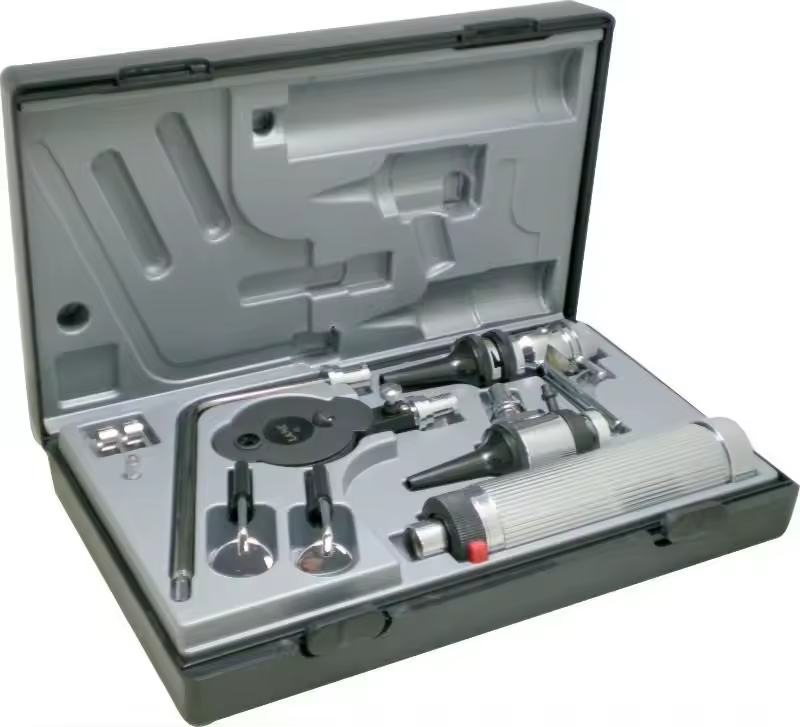
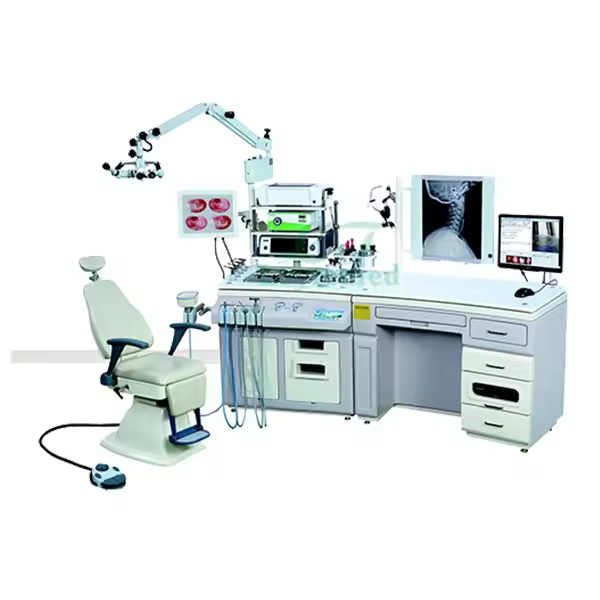
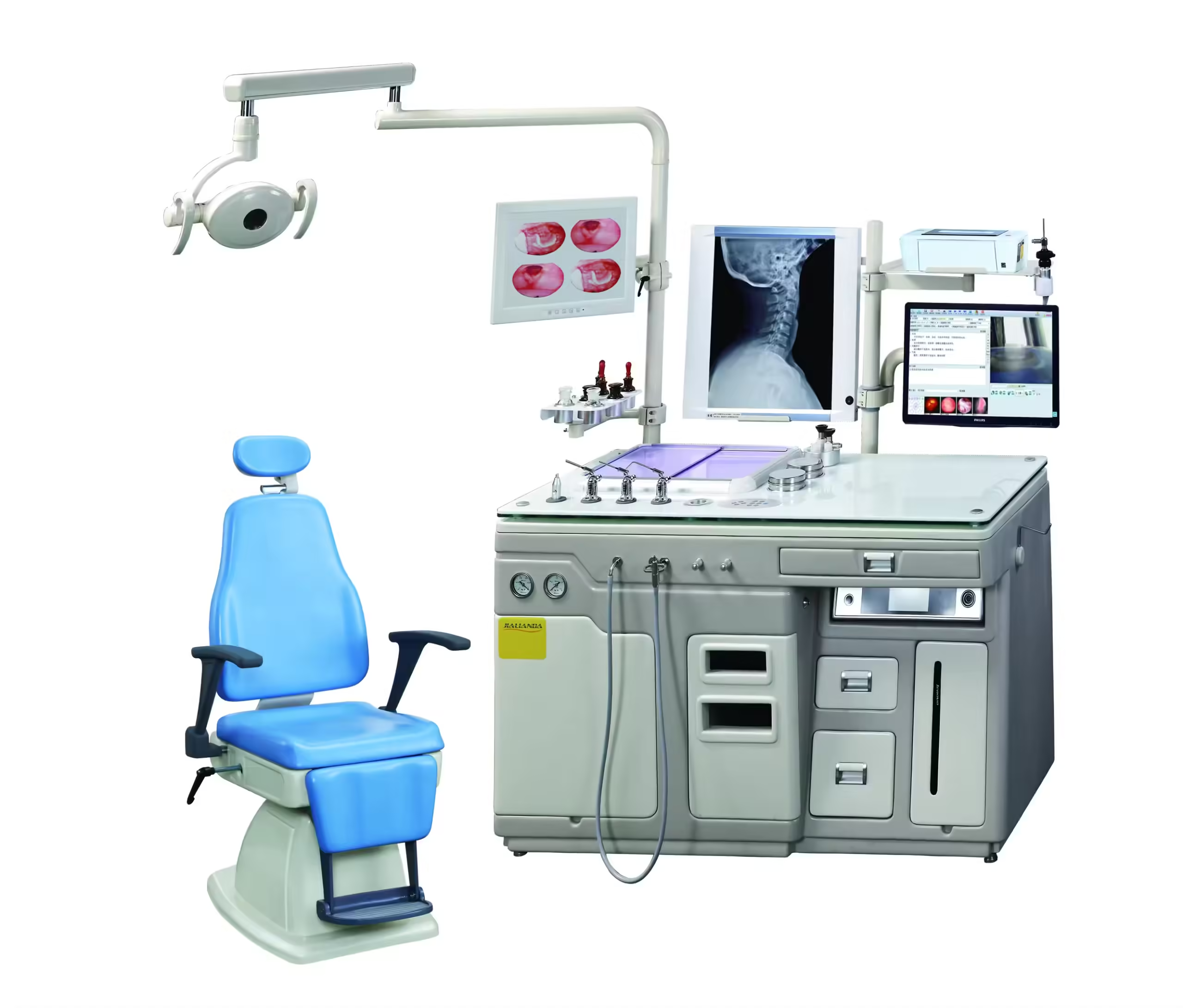
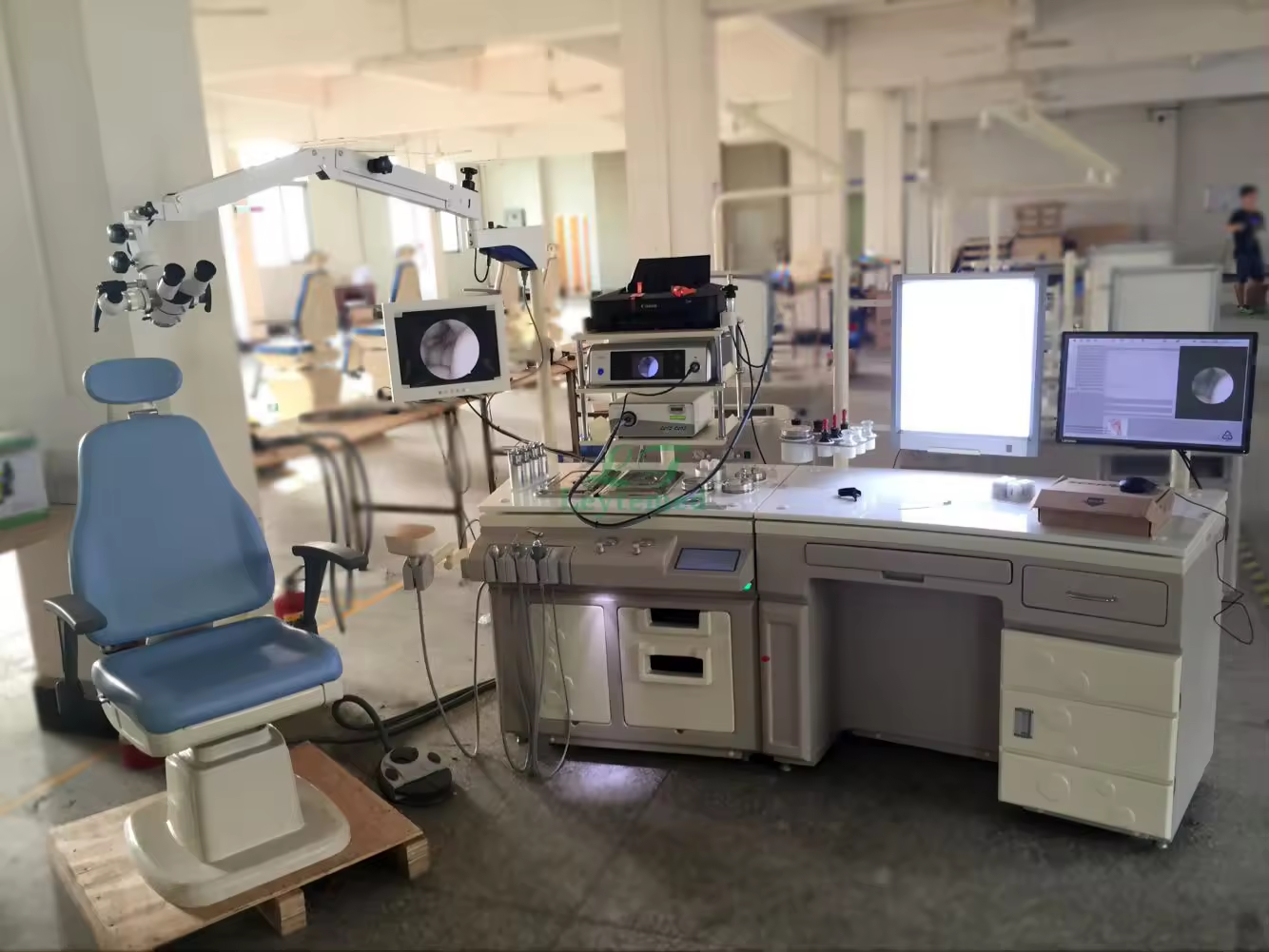
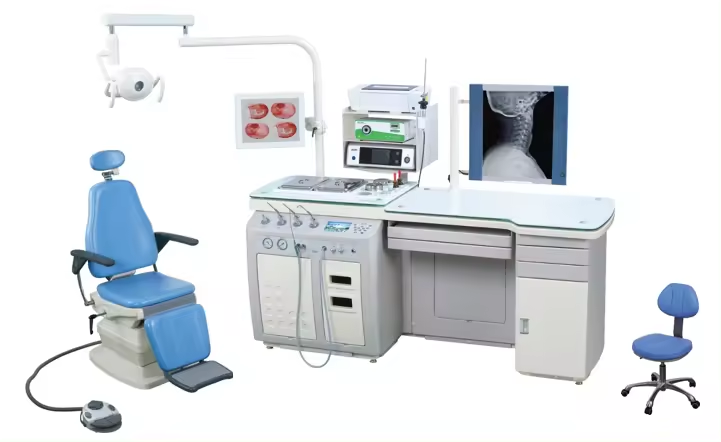







































Reviews
There are no reviews yet.